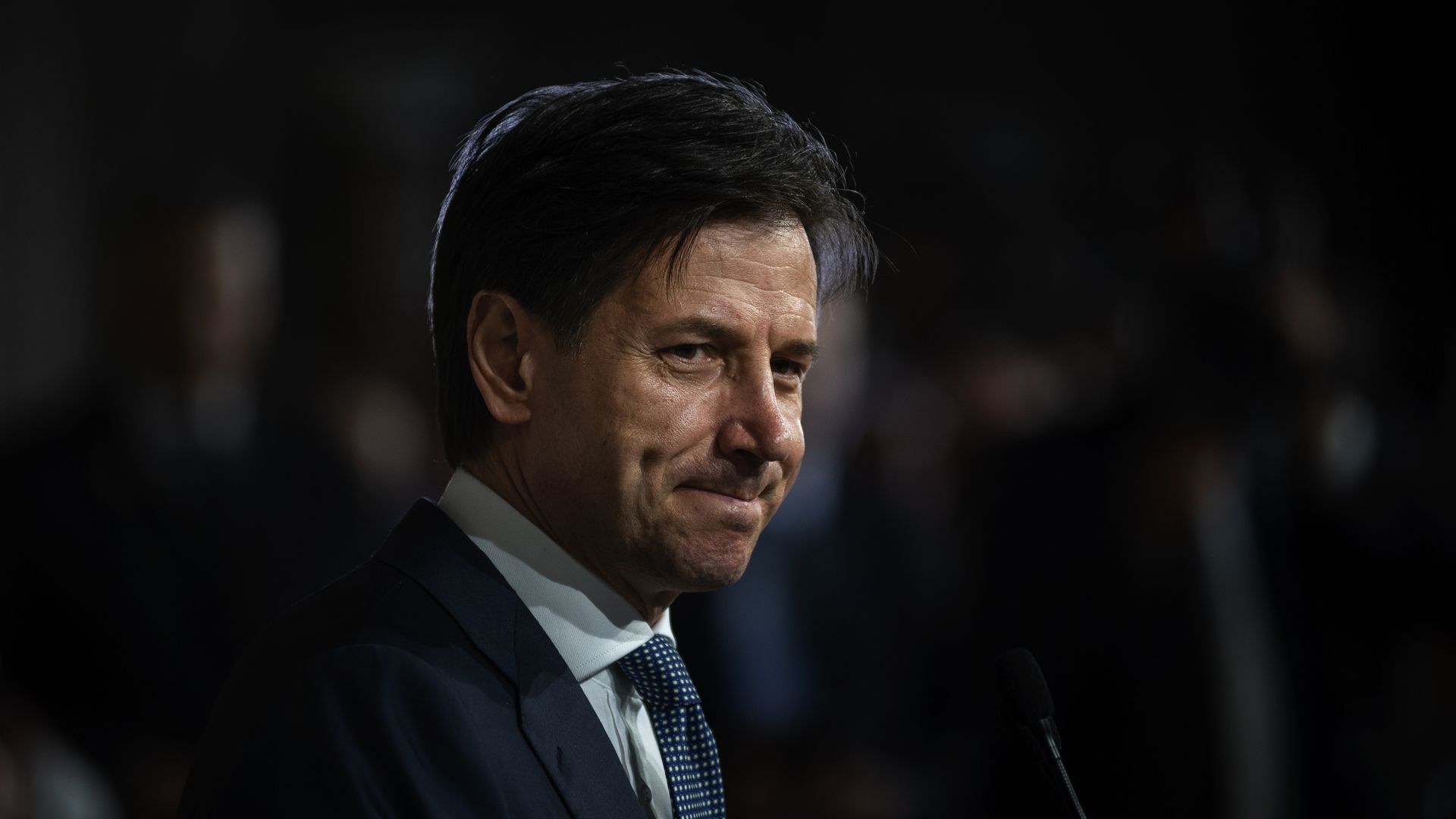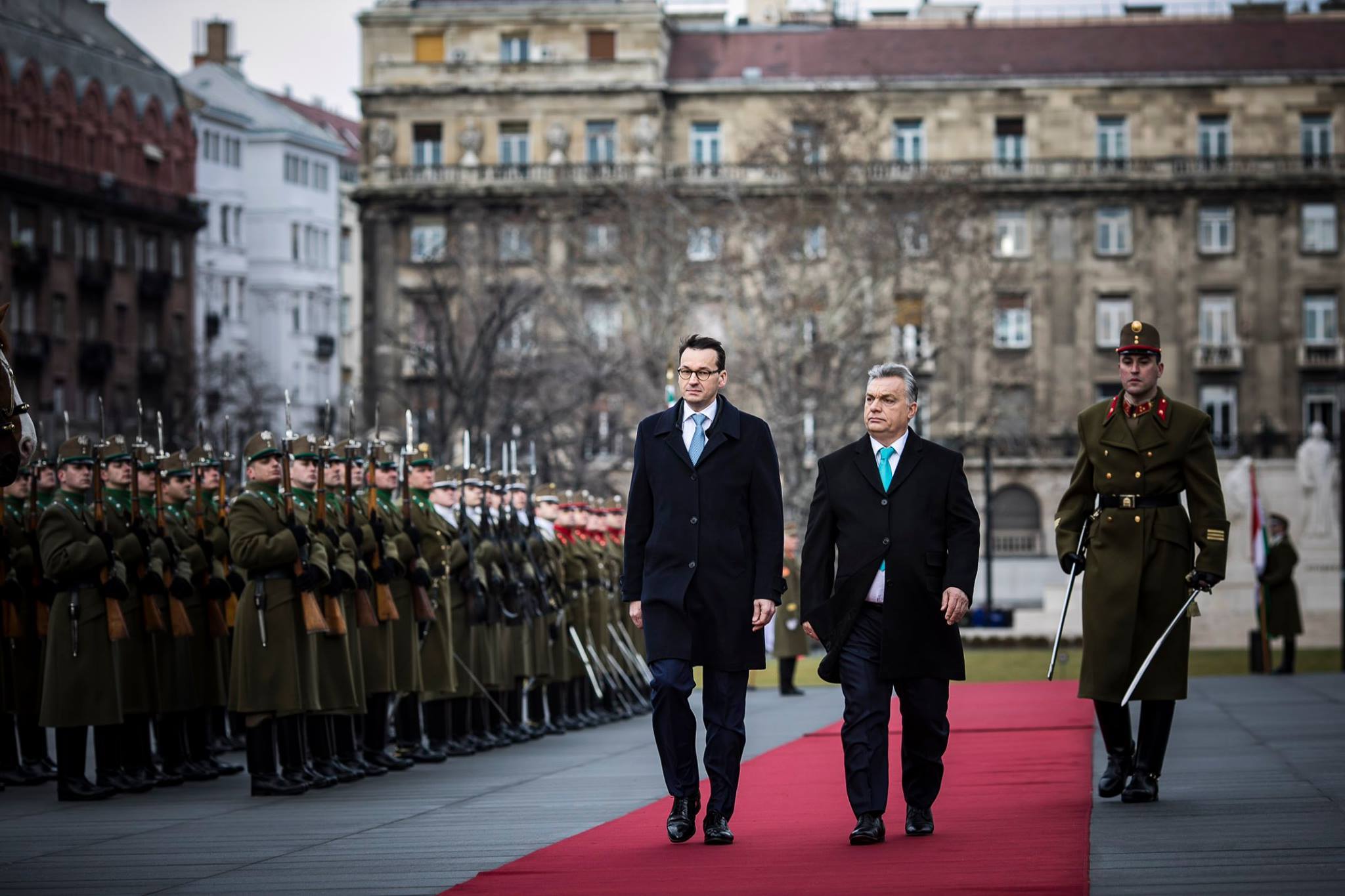
[authorbox authorid=”88″ title=”The Author”]
Admittedly, Italian politics has always been a bit turbulent and hard to follow. Never a boring moment, never a dull election, and most certainly never a conventional plan to follow. But the last few months have been a restless twisting and turning in search of a coalition able to form a majority and to nominate a government.
The coveted goal seemed almost approachable until yesterday, when the candidate Prime Minister chosen by the two populist parties The League and 5 Star Movement, Professor Giuseppe Conte, resigned after meeting with the President of the Republic Sergio Mattarella.
So, what happened? Conte received on May 23rd the official mandate to form a government from the President, and spent the following days drawing up a team of possible candidates with the coalition that chose him. All seemed to obtain the approval of Mattarella, except one.
And this is where the drama started. Paolo Savona was proposed as Minister of the Economy and Finance, generating a whirlwind of discontent and worrying in Brussels and on international markets. Professor Savona is, in fact, known for his skeptical position towards the euro, and frequently advocated for Italy to leave the European Union.
The Italian President immediately expressed his concern for the nomination of Savona, and proposed Giancarlo Giorgetti, Vice President of the League, as an alternative, but the League leader Matteo Salvini himself did not accept this option. Savona published a note in which he was supposed to mitigate, or at least clarify, his position, in order to smooth the waters.
—
The note, however, did not convince President Mattarella, that summoned Conte, Salvini and Di Maio for informal talks to avoid an institutional crisis on Sunday. The mediation failed and, at this point, on late afternoon, the situation was very tense and the possibility of a government lead by Conte seemed more and more difficult to implement.
Indeed, this is did not occurr: Mattarella refused to nominate Savona as a Minister, Salvini refused to back down and accept Giorgetti as a candidate and, as a result, Conte renounced the mandate he was given. The institutional crisis could not be avoided, and the perspective of the government “of change” had dissolved for good. After the President’s decision, both the leaders of the majority coalition Salvini and Di Maio expressed their disappointment in the outcome of this consultations.
In particular, Salvini, speaking at a rally in Terni, affirmed that he did all that was possible to find a solution, but he was not to “bow down” to the Union by changing a candidate just because Brussels disapproves. Di Maio, on the other hand, was furious and called Mattarella’s decision “incomprehensible”: the head of the M5S also mentioned his intention to officially accuse the President of the Republic of impeachment.
On his part, Mattarella addressed the press and the Italian citizens on Sunday night to defend his choice, specifying that he gave two weeks to the leaders of the coalition to come up with names for a possible government. When Conte was proposed, Mattarella accepted his nomination even though he was not a member of the Parliament, so no one could accuse the President of hindering the formation of an executive.
About the refusal of Savona, Mattarella underlined that he had already warned the League and the M5S that the appointment of certain Ministers was going to be pursued with particular care. When the heads of the two major party rejected alternative names to Savona, the situation was already too compromised and an agreement could not be reached, leading to Conte’s resignation.
Following up on what he announced the previous evening, Mattarella invited to the Quirinale on Monday morning Carlo Cottarelli, former spending review commissioner of the Letta government and former member of the International Monetary Fund. Cottarelli accepted to form an executive to transition the country to new elections to be held in 2019, government that should be neutral to the electoral debate.
Furthermore, Cottarelli and his chosen Ministers will have to promise to not seek election in future ballots. This seemed like a good compromise to shake up the deadlock in which the country has fallen since the results of the March 4th vote.
Compromise that, however, is not liked by most of the Italian parties: the League, M5S, Forza Italia and other minor forces already announced that they are not going to vote in favor of this new formation in the Parliament. Without the approval by absolute majority of the Chamber of Deputies and the Senate, the new executive will not see the light of the day, leaving as the only viable option early elections after the summer. This possibility is becomes more and more possible, since as of Monday afternoon the Cottarelli government is far from the required threshold in both branches of the Parliament.
The situation unfolding in Italy is, once again, causing concern in European leaders and in financial markets. With spread levels rising dramatically and Italian stock exchanges plummeting, the istitutional crisis is taking a huge toll on the Mediterranean country economy, already crippled by an ever growing public debt.
President Mattarella is trying to steer the nation out of the heart of the storm, but many Italians do not agree with his decisions and methods, aggravating the distrust in traditional political representation that brought populist parties to success in the last elections. The next few days will be decisive to see how this impasse can be overcome, even though in Brussels the fear that an Italian populist government has not been avoided, but merely delayed, keeps creeping up.




